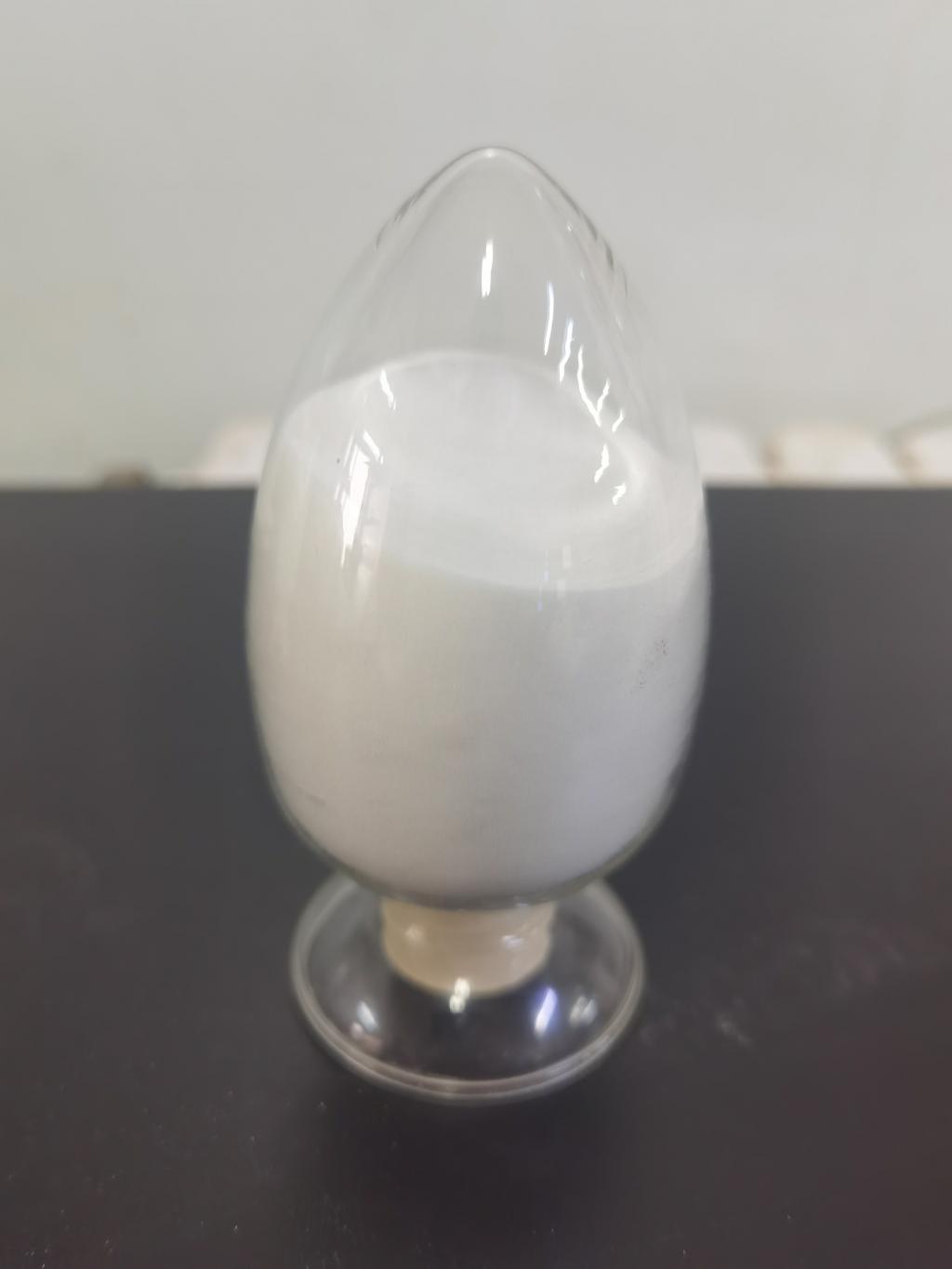Tel:+8618231198596

News
 CONTACT
CONTACT
 CONTACT
CONTACT
- Linkman:Linda Yao
- Tel: +8618231198596
- Email:linda.yao@dcpharma.cn
- Linkman:CHARLES.WANG
- Department:Overseas
- Tel: 0086 0311-85537378 0086 0311-85539701
News
Evaluating the sensory impact of ε-Polylysine hydrochloride on different types of food products.
TIME:2024-04-29
Sensory Evaluation in Food Science
Sensory evaluation is a critical aspect of food science and product development, providing valuable insights into consumer preferences, perceptions, and acceptance of food products. Sensory attributes such as taste, aroma, texture, appearance, and mouthfeel influence consumer purchasing decisions and overall satisfaction with food products. Evaluating the sensory impact of food additives and ingredients, including antimicrobial agents like ε-PL, is essential for maintaining product quality and consumer acceptance.
Taste and Flavor
One of the primary concerns regarding the use of ε-PL in food products is its potential impact on taste and flavor. ε-PL itself is tasteless and odorless, which minimizes its direct sensory impact on foods. However, interactions between ε-PL and other food components may affect taste perception. Studies have shown that ε-PL may enhance umami taste in certain food products, such as broths and soups, by interacting with glutamate receptors on the taste buds. Additionally, ε-PL may impart a slightly salty or tangy flavor to foods, particularly at higher concentrations. Sensory testing is essential to assess the taste profile of ε-PL-treated foods and ensure that any flavor modifications are acceptable to consumers.
Aroma and Odor
The aroma profile of food products can be influenced by the presence of ε-PL, especially in products with delicate or subtle aromas. While ε-PL itself is odorless, its interactions with food components may produce volatile compounds that contribute to aroma perception. Studies have shown that ε-PL-treated foods may exhibit changes in aroma intensity and complexity compared to untreated foods. For example, ε-PL may enhance the aroma of fermented products such as cheeses and sausages by promoting microbial fermentation and flavor development. Sensory analysis techniques such as descriptive analysis and aroma profiling can help evaluate the impact of ε-PL on the aroma characteristics of food products.
Texture and Mouthfeel
The texture and mouthfeel of food products are important sensory attributes that influence consumer acceptance and overall eating experience. ε-PL may interact with food components such as proteins, carbohydrates, and lipids, leading to changes in texture and mouthfeel. In bakery products, ε-PL may affect dough rheology and texture by interacting with gluten proteins or starch molecules. Similarly, in dairy products such as yogurt and cheese, ε-PL may influence texture and mouthfeel through its interactions with milk proteins and fat globules. Sensory evaluation techniques such as texture analysis and mouthfeel scoring can help assess the impact of ε-PL on the textural properties of food products.
Overall Acceptability
Consumer acceptance is the ultimate measure of the sensory impact of ε-PL on food products. While ε-PL may introduce subtle changes to taste, aroma, and texture, its overall acceptability depends on factors such as familiarity, context, and individual preferences. Studies have shown that consumers are generally receptive to ε-PL-treated foods when they perceive them as safe, nutritious, and flavorful. Transparent labeling and communication about the use of ε-PL as a natural preservative can enhance consumer trust and confidence in food products.
Case Studies and Research Findings
Several studies have investigated the sensory impact of ε-PL on different types of food products:
A study published in the Journal of Food Science evaluated the sensory properties of ε-PL-treated yogurt compared to untreated yogurt. The results showed that ε-PL had minimal impact on taste, aroma, and texture, and the ε-PL-treated yogurt was comparable to untreated yogurt in overall acceptability.
Another study assessed the sensory impact of ε-PL on bakery products, including bread and cakes. The findings indicated that ε-PL improved the shelf life of bakery products without significant changes in taste or texture, leading to positive consumer feedback and acceptance.
Sensory evaluation of ε-PL-treated meat products, such as sausages and deli meats, has also been conducted. Studies have shown that ε-PL can inhibit microbial spoilage and extend the shelf life of meat products while maintaining desirable sensory attributes such as flavor and juiciness.
Conclusion
In conclusion, ε-Polylysine hydrochloride (ε-PL) has minimal sensory impact on different types of food products when used as a natural preservative. While ε-PL may introduce subtle changes to taste, aroma, and texture, its overall acceptability depends on factors such as formulation, concentration, and processing conditions. Sensory evaluation techniques play a crucial role in assessing the sensory impact of ε-PL-treated foods and ensuring consumer acceptance. With proper formulation and transparent communication, ε-PL can be effectively incorporated into food products to enhance shelf life and safety without compromising sensory quality or consumer satisfaction.
- Tel:+8618231198596
- Whatsapp:18231198596
- Chat With Skype







